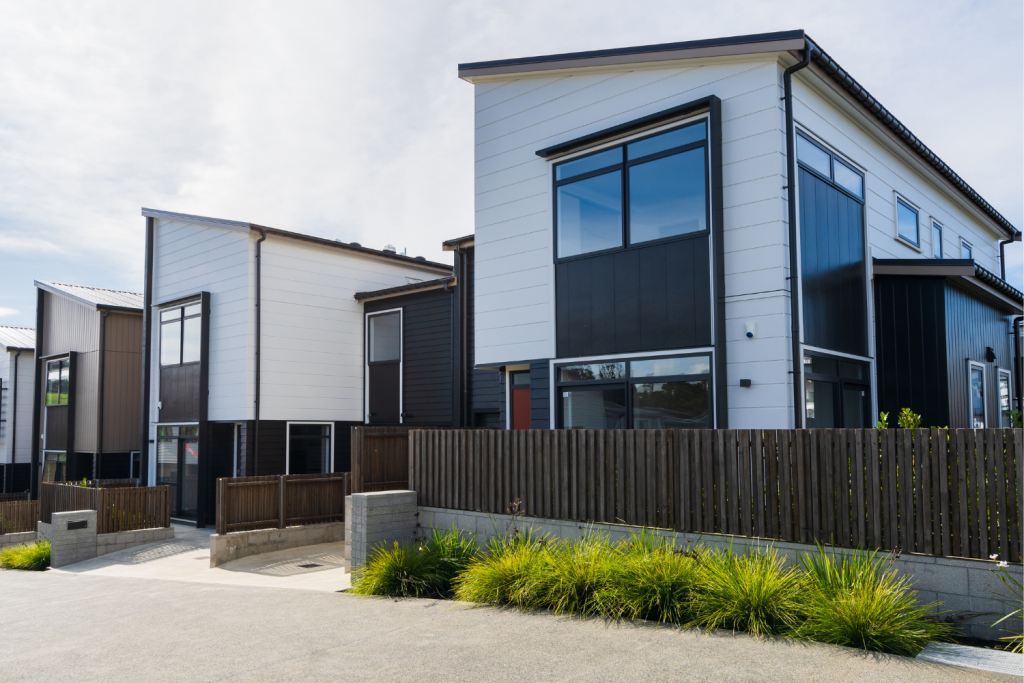Co-living is an innovative housing model that provides affordable, community-driven living arrangements, making it particularly appealing to single parents, young professionals, students, and digital nomads. For property investors, properties with co-living capabilities present them with relatively stable and secure rental returns at higher rates than single dwelling counterparts.
What is Co-Living?
Co-living refers to a shared housing arrangement where tenants rent private rooms, typically with self-sustaining ensuite bathrooms, and kitchenettes. The tenant must be able to sleep, bathe, cook, and eat within their own room. These properties cater to tenants seeking affordability, flexibility, a sense of community, all while having their own privacy.
The Demand for Co-Living in Australia
Several factors are driving the rise of co-living in Australia:
– Affordability Crisis: Co-living provides a cost-effective solution for tenants looking to reduce expenses.
– Urbanisation: Major cities like Sydney, Melbourne, and Brisbane continue to attract young professionals and students who prefer flexible, convenient and cost-efficient living arrangements.
– Housing Supply Shortage: Shared rooming options can help alleviate the tight housing supply market in popular areas.
– Sense of Community: Living with other people can be a challenge, but living by yourself isn’t for everyone either. Co-living spaces can be the healthy balance some individuals without families are looking for.
Pros of Investing in Co-Living
1. Higher Rental Yields: Co-living properties typically generate higher rental returns compared to traditional rental properties, as multiple tenants contribute to rental income.
2. Lower Vacancy Rates: Demand for affordable, well-managed rental properties remains strong, reducing the likelihood of extended vacancy periods.
3. Diversified Income Streams: With multiple tenants in a single property, investors are less exposed to financial risk if one tenant moves out.
4. Strong Market Growth: The co-living sector is expanding, with increasing interest from developers and institutional investors.
Cons of Investing in Co-Living
1. Higher Management Costs: Professional management is often required to maintain services and communal spaces, increasing ongoing expenses.
2. Regulatory Challenges: Zoning laws and council regulations may limit the development of co-living properties in certain areas.
3. Tenant Turnover: Co-living arrangements tend to attract shorter-term renters, leading to more frequent tenant turnover.
4. Initial Fit-Out Costs: Setting up a co-living property with shared amenities and services requires a higher initial investment.
Is Co-Living a Good Investment?
For investors willing to navigate the operational complexities, co-living can offer strong rental yields and a resilient income stream. However, success depends on selecting the right location, understanding regulatory requirements, and ensuring high-quality property management. As the demand for affordable and community-focused housing continues to grow, co-living remains a promising segment in Australia’s rental market.
Would you consider adding co-living properties to your portfolio?
At WLTH, we can assist with your finance. Learn more.

